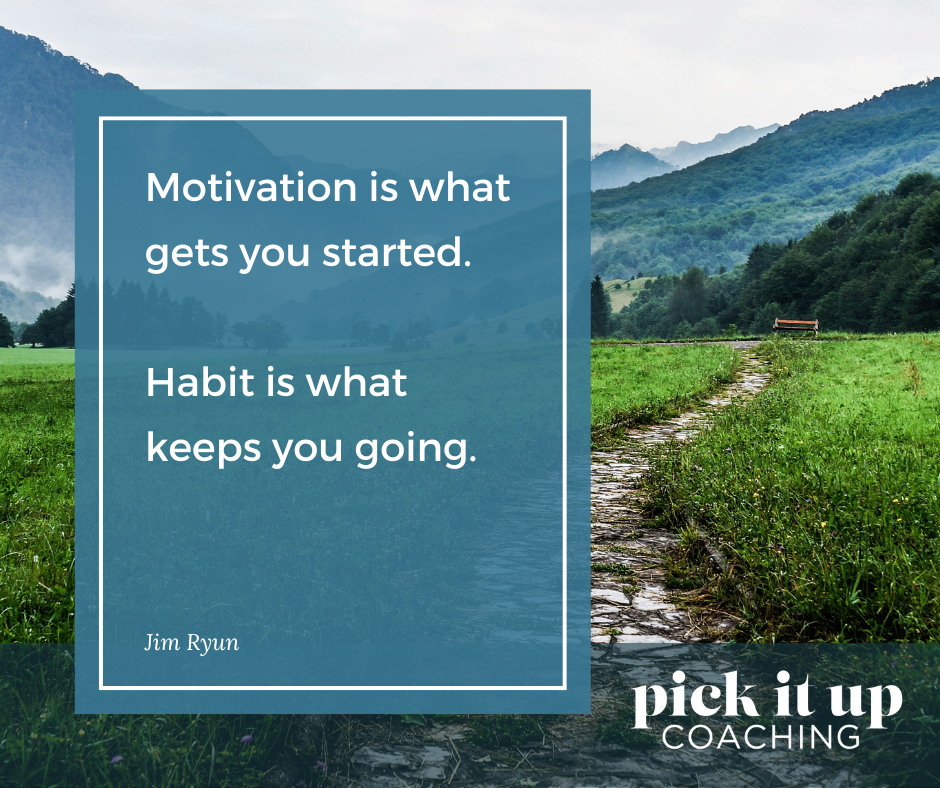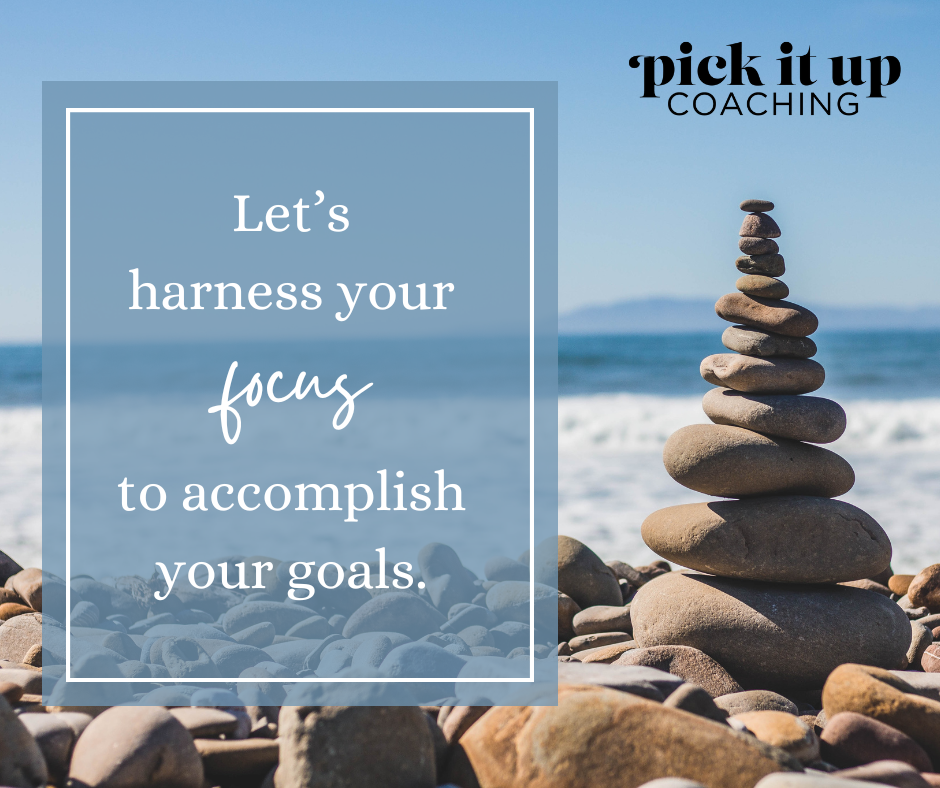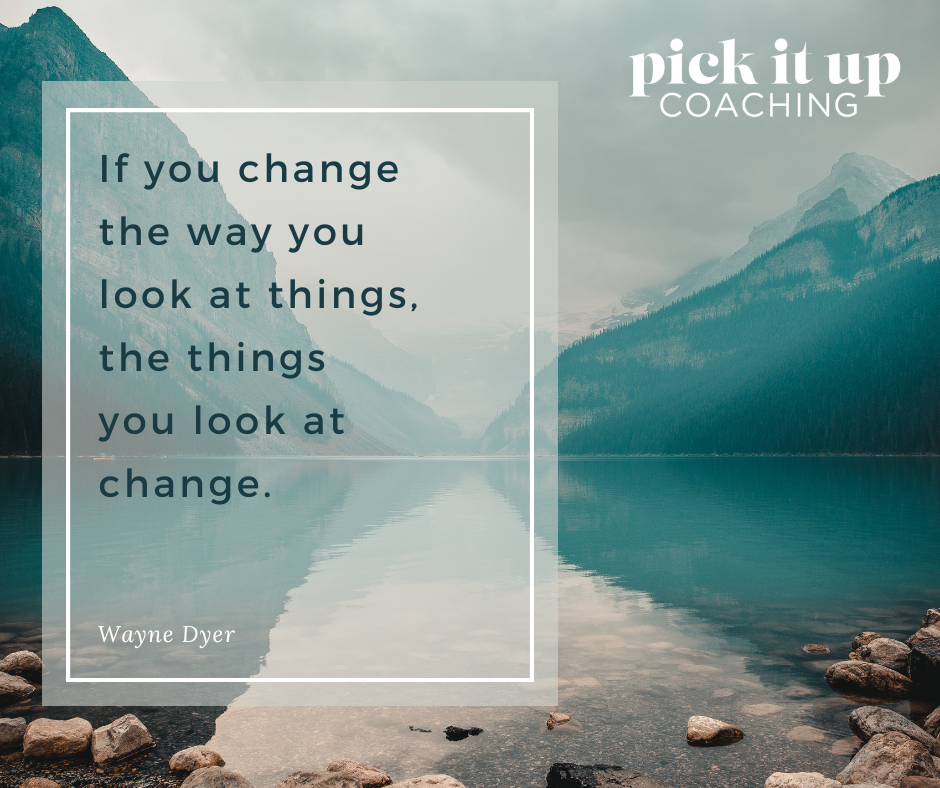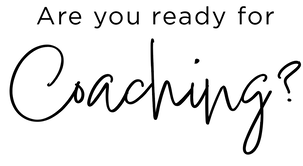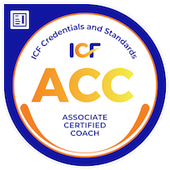|
Image: Lili Popper Unsplash Kim came to coaching struggling to move forward on her new business. She had a big deadline in a few months, and she wasn’t making the progress she hoped for. She had been diagnosed with ADHD many years ago and had a history of struggling with deadlines. She often waited until the last minute to get things done, creating an exhausting dash to the finish line. Doubt and self-judgment surfaced whenever she thought of meeting this new deadline and she felt she was going in circles. Wanting to do things differently this time, she reached out for support. In our work together, we looked at her passion and sense of purpose for her new business. She expressed that meeting this deadline was a step toward growing her business and helping others through her work. We looked at how her ADHD and self-judgment were showing up in the situation and explored ways to boost her self-care. Talking through the challenges helped Kim get clear on the steps she needed to take to meet her deadline. Armed with new self-awareness, Kim created actions that broke the fuzzy parts of her big project into actionable steps. She was able to use the perspective of her “future self” as motivation for meeting smaller deadlines in the present. This set her up for success in meeting the larger goal. The excellent cognitive behavior-based podcast A Slight Change of Plans has an episode about exactly this idea called Your Future Self Needs Your Help Today. Kim’s example shows some of the challenges clients come to coaching with:
By focusing on strengths and goals, we build in strong motivation that’s based on the things you care about. With this new perspective you can:
If you like this post then you may like How I Fell For Coaching. See you soon. RESOURCE: A Slight Change of Plans podcast with Dr. Maya Shankar This is one of my favorite podcasts! It blends neuroscience, behavioral change, and storytelling. The episode Your Future Self Needs Your Help Today is all about using the motivation of your future self to get into action today. Names and identifying details have been changed for privacy. Don't miss my newsletter, Find Your Focus. It’s full of useful and practical ways to bridge the gap between knowing and doing to help you reach your goals. Newsletter subscribers also receive special discounts and first access to upcoming group coaching offers and memberships.
Image: Jeremy Thomas from Unsplash Before I started training as a coach, I thought life coaching was for other people, but not for me. It all felt vaguely indulgent for people with too much time on their hands. On a whim in 2020, I took an eight-week coaching class and I finally grasped how powerful it can be to have a reflective and focused conversation with someone who holds your goals. I was hooked. Over the last three years, I have moved steadily through courses focusing on strengths coaching, brain-based coaching, ADHD coaching, and body-based coaching, and I have loved it all! Now I see coaching as an important tool for growth, self-awareness, and action. It has helped me move toward my passions and through the inevitable bumps that come along the way. I have worked with many coaches over the last few years and benefited greatly from these amazing people. Coaching has helped me to do things such as:
My question for you: Is there an area in your life that you’re feeling ready to explore and bring new awareness to? How can you cultivate curiosity this week in this area? See you soon! If you like this post you may like the post My Journey from Organizing to Coaching. If you’re ready to discover the power of coaching schedule a complimentary Clarity Call today.
Clients often reach out for support at times of transition in their lives. Life has gotten more complicated because of a move, a new job, or a health challenge. Old ways of doing things just don’t seem to be cutting it anymore, and they can’t quite put their finger on what needs to change. They’re feeling stuck and overwhelmed, and they reach out for support. A period of transition can be an ideal time to work with a coach. Together we can find your untapped resources and strengthen your self-care, so you become responsive instead of reactive in the face of challenges. We can uncover your larger goals in life and help you work toward reaching them instead of just putting out fires. For coaching to be productive, it’s important to be open to learning more about yourself and having reflective conversations. We aim to set aside self-judgment and bring curiosity to your experience. The topics we can cover are endless, but here are a few ideas to consider:
Through our conversations, we’re looking for your insights and uncovering your expertise about yourself. At first it may sound strange, but your answers are much more powerful and profound, and more relevant to your life, than my suggestions (neuroscience backs this up). Working together, we can uncover the answers and actions that will help you. We all get stuck at times and working with a coach is a great way to move forward. You can read more about my coaching process here. My questions for you: Is there a goal that you are trying to reach that you can’t seem to make progress on? Where do you feel stuck? Is there just one action you can take this week to move the needle? See you soon. If you like this post you may like the post How I Fell for Coaching. If you're new to coaching and not sure if it's right for you, take the free, quick Coachability Self Test is to determine if coaching with me is a fit for you at this time.
|
AuthorErin Becker is a Archives
April 2024
Categories
All
|

